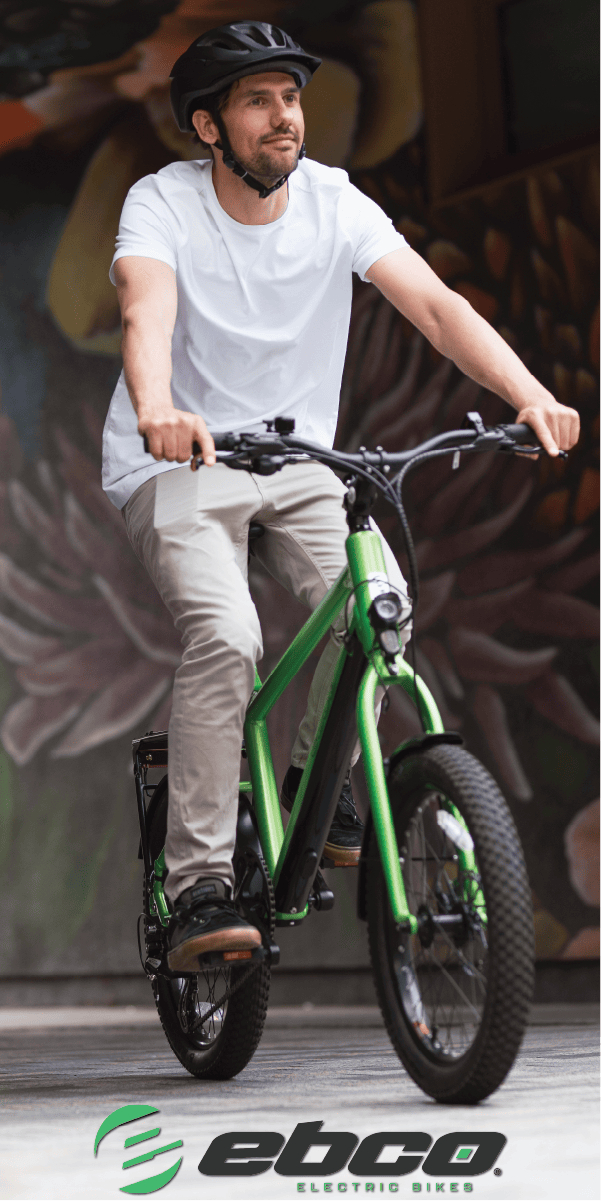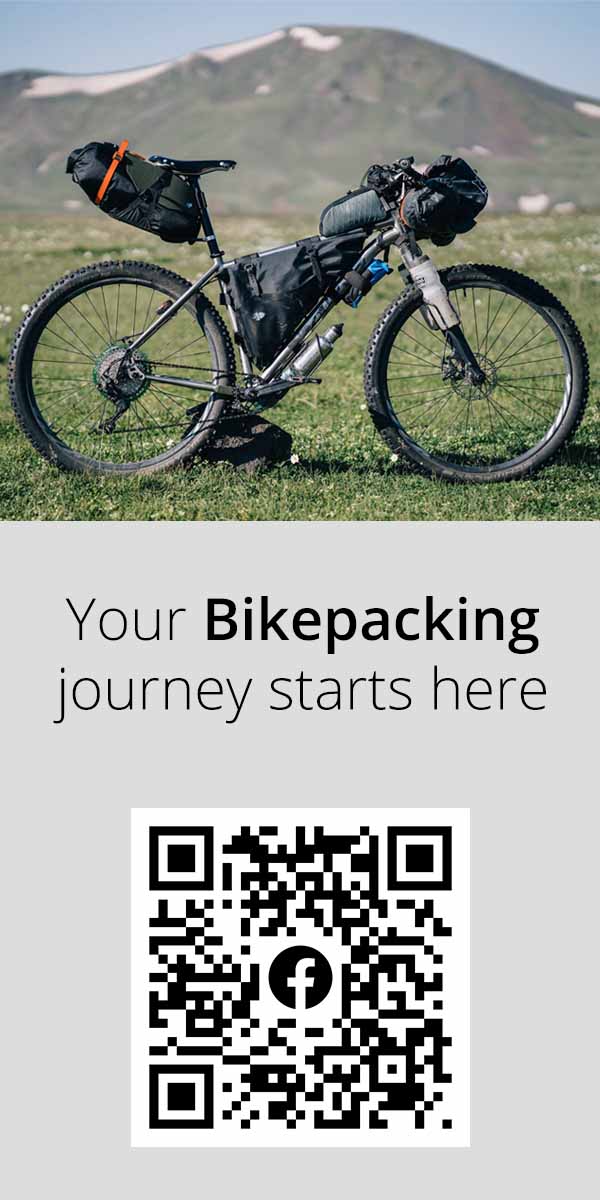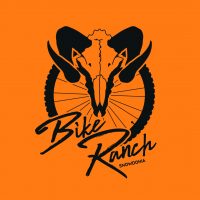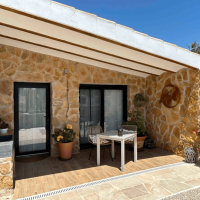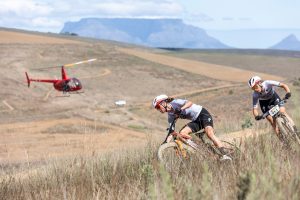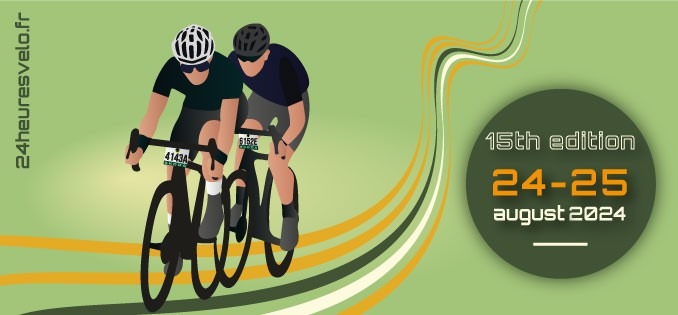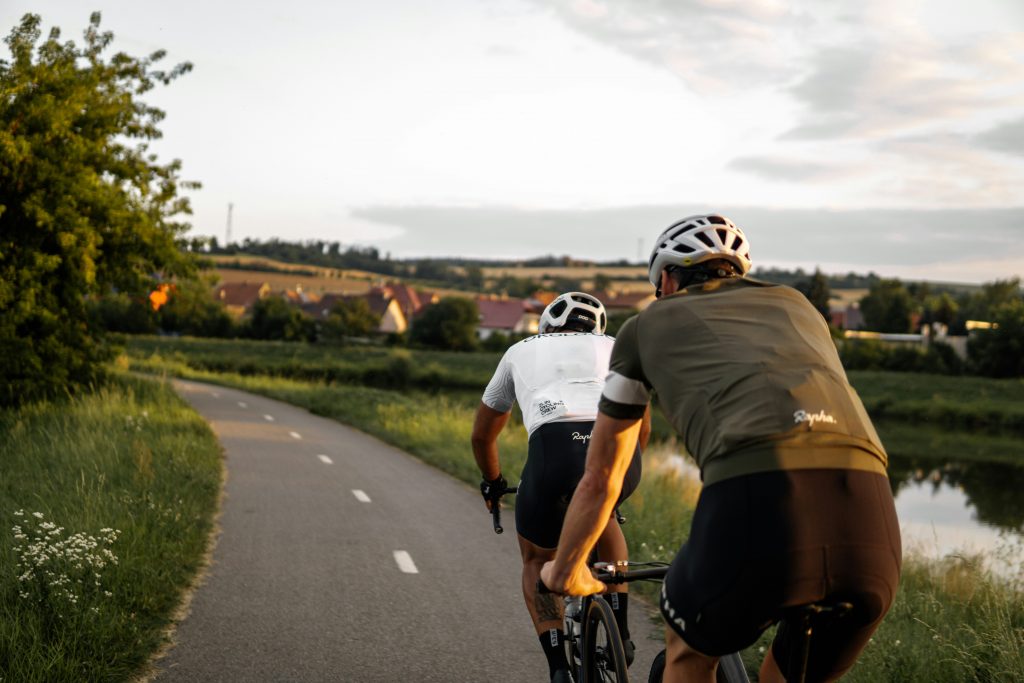Choosing the Right Handlebar is More Important Than You Might Think
While most bikes will come equipped with the appropriate handlebars, there is always room to experiment. Indeed, they may not always be considered that detrimental to the way you ride, but handlebars can actually have a huge bearing on your comfortability, overall body position and therefore the extent to which you are maximising aerodynamics.
Particularly for competitive riders, investing in lightweight and properly tailored and adjusted handlebars can help to promote that extra edge in your performance; particularly in helping to increase speed on the flats and downhills, as well as feeling more comfortable on the climb.
There have been endless variations on handlebars over the years as component technology advances, and we will be going through some of the most popular models and who they are best suited for.
https://www.youtube.com/watch?v=-P-QynImMuo
Flat Bars
Arguably the most basic and common variation on the list, but there is a reason why flat bars are so popular. As the name suggests, they are linearly shaped and are used mostly for mountain bikes, casual road riding. While only allowing for one standard body and hand position, they are used most commonly for control and stability, and are a good choice for climbing as it is easy to shift your body weight towards the bar.
They also tend to promote sitting further upright in your seat, thus taking the load off your lower back.
Conversely, this inability to tuck into a sprint position may slow you down, so be wary if your goal is flat road cycling.
Drop Bars
Used by cyclists of nearly every discipline, they have a curving shape like that of ram horns; they are certainly the most aesthetically pleasing on the list. This style allows for the rider to be in a more aggressive, aerodynamic body position, and the greater surface area means the rider can shift from an upright position and back down to a tuck position, making it a popular choice for professional and competitive riders.
This versatility means they can adapt to a wide array of scenarios. If you are planning on doing a lot of track racing, investing in a good pair of drop bars is worth the time and effort, while they are also a perfect choice for the casual enthusiast who is eager to push their bike once in a while.

However, it must be noted that they are not as efficient in dealing with tight turns; the hand positioning on the drops means your hand will hit debris before the handlebar. As well as this, riding in tough terrain with a drop handlebar can put a huge amount of strain on the wrists since they are usually lightweight and fail to absorb the shock, hence why they are largely used for road racing.
Aero Bars
Certainly one of the most discipline-orientated models on the list, aero bars are almost exclusively used by time trial cyclists. There are two extended bars running closely parallel to each other, which the rider grabs unto with armrest pads underneath to support the forearms; this forces the rider into a narrow forward tuck position to maximise speed and reduce air resistance.
A common application of aero bars is they can be added onto drop bars if you want the option to assume a very narrow tuck position; this is called an aero kit and allows riders to regain control in cornering and unexpected obstacles.
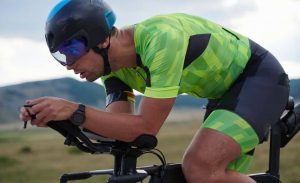
As you can imagine however, this is the main drawback with this model; although being the best aerodynamically, they draw the hands away from the brakes. As a result, they are illegal in most group racing events.
Butterfly Bars
These handlebars, as they name suggests, has two flaring circular bars that come back round underneath your hands, which is why some have also coined this model as the ‘figure of eight’. Also known as touring or trekking bars, they are specifically designed for a plethora of hand positions for longer rides, as well as placing things such as GPS, phones and mirrors on board.
Due to the comfortability aspect of the anticipated longer rides, they are typically much more forgiving on the wrists, and provide a number of hand positions should you start to feel shifty.

They are however significantly heavier than most handlebars – the overall surface area makes for a wider bike, and slightly harder to pedal. Although not a significant factor in non-competitive longer rides, it might take its toll when travelling or trying to move around on public transport.
As well as these, there are variations on the two main models drop and flat bars; bullhorn and riser bars. There are also specific handlebars for specific models, such as BMX bikes.










